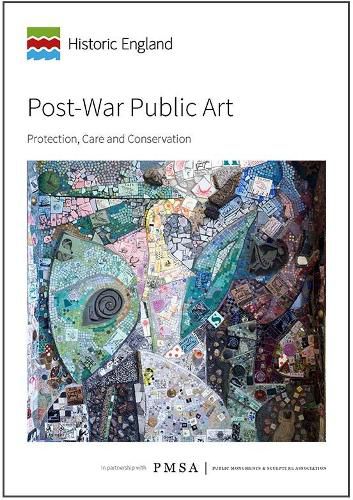Readings Newsletter
Become a Readings Member to make your shopping experience even easier.
Sign in or sign up for free!
You’re not far away from qualifying for FREE standard shipping within Australia
You’ve qualified for FREE standard shipping within Australia
The cart is loading…






Public art can be enjoyed by us all. Everyone can play a part in valuing and caring for it. This guidance is aimed at anyone who manages or has responsibility for post-war public art, including local authorities, charitable bodies, community groups, heritage professionals and custodians. Public art is defined here as fixed artworks which members of the public are able to access and enjoy, in public, semi-public or privately owned public space, whether outdoors or indoors.
This document outlines good practice on the care and management of post-war public art, including regular maintenance and planned conservation work. It sets out the different ways that the best of our public art can be identified and protected and the statutory duties that relate to its ownership and care. Key principles include a clear understanding of ownership and lines of responsibility; inclusive and transparent decision making; regular condition checks to detect potential sources of harm; and engaging the public in valuing and caring for public art.
$9.00 standard shipping within Australia
FREE standard shipping within Australia for orders over $100.00
Express & International shipping calculated at checkout
Public art can be enjoyed by us all. Everyone can play a part in valuing and caring for it. This guidance is aimed at anyone who manages or has responsibility for post-war public art, including local authorities, charitable bodies, community groups, heritage professionals and custodians. Public art is defined here as fixed artworks which members of the public are able to access and enjoy, in public, semi-public or privately owned public space, whether outdoors or indoors.
This document outlines good practice on the care and management of post-war public art, including regular maintenance and planned conservation work. It sets out the different ways that the best of our public art can be identified and protected and the statutory duties that relate to its ownership and care. Key principles include a clear understanding of ownership and lines of responsibility; inclusive and transparent decision making; regular condition checks to detect potential sources of harm; and engaging the public in valuing and caring for public art.